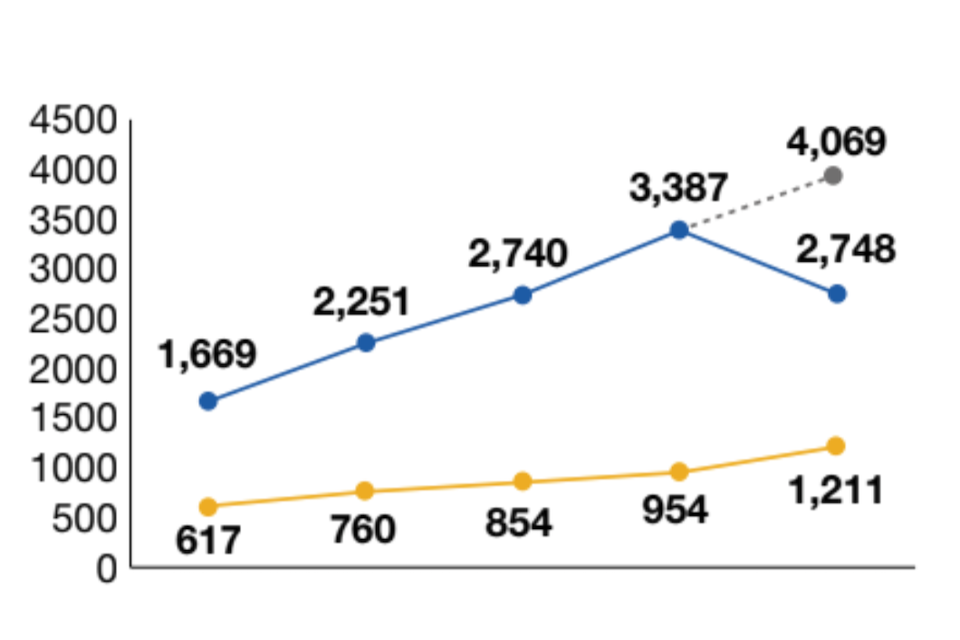Homelessness and Rough Sleeping Evaluation (HTML)
Published 22 February 2022
1. Homelessness and Rough Sleeping Evaluations, 2016 to 2020:
- Homelessness Prevention Trailblazer launched in 30 areas (100 local authorities) across England in March 2016, prior to introduction of Homelessness Reduction Act (HRA). Designed to help local authorities and partners develop innovative approaches to homelessness prevention.
-
£20 million programme to test the new duties introduced by HRA.
-
Rough Sleeping Initiative (RSI) launched March 2018, targeting local authorities with high numbers of rough sleepers. RSI seeks to support people sleeping rough off the streets and develop their wellbeing and stability, helping to reduce numbers of rough sleepers. £30m for 2018-19 allocated to 83 local authorities.
- London Homelessness Social Impact Bond (SIB), 2012 to 2015. Designed to bring in new means of financing interventions and encourage innovative approaches to providing personalised support to entrenched group of London rough sleepers.
2. Methodology
Homelessness Prevention Trailblazer: Mixed methods.
- Impact evaluation used national statistics, identifying comparison group of local authorities with the closest rate of acceptances in 2017/18 to the Trailblazer local authorities.
- Regression adjusted difference in difference used to control for differences between the groups of local authorities. Analysis compared rates of homelessness acceptances, decisions, use of temporary accommodation and cases of prevention and relief to estimate programme impacts.
Rough Sleeping Initiative: Process and impact evaluations.
- Impact evaluation compared numbers of rough sleepers on a single night between 2017 and 2018 using the official annual rough sleeping snapshot. Comparator areas were closely matched to RSI areas on prior levels of rough sleeping.
- Regression adjusted difference in difference method was used.
London Homelessness Social Impact Bond: Process and impact evaluations.
- Impact evaluation used Propensity Score Matching to match SIB and comparison groups. Outcomes for those on the SIB and the comparison group were tested in the two years after they started on the intervention (number of contacts on the street) and one year later (for reconnections and long term accommodation).
3. Findings
Homeless Prevention Trailblazer Evaluation:
- Evaluation found a Trailblazer effect on rate of acceptances (13% lower in trailblazer areas) and on the rate of cases of prevention and relief (11% higher in trailblazer areas) in 2017/18 for ‘within 56 day areas’ trailblazer areas.

Rough Sleeping Initiative:
- Estimated number of rough sleepers in 2018 (2,748) was 32% lower than predicted (4,069) had RSI not been in place.

Social Impact Bond:
- After two years, the mean number of rough sleeping contacts for SIB group was 9.2 compared to 13.9 for comparison group.
| SIB Cohort | Comparison group | |
|---|---|---|
| Mean number of bedded down contacts in the two years following start | 9.2 | 13.9 |
| Confirmed reconnection event in the 1 year following start | 10.1% | 7.2% |
| Arrival into long-term accommodation in the 1 year following start | 23.6% | 3.6% |
4. Impacts
-
Evaluation findings have been essential in making the case for further funding for Homelessness and Rough Sleeping Programmes, including successful 2021 spending review bid.
-
Findings have provided evidence on drivers and factors associated with homelessness and rough sleeping which have supported further programme development.
5. Next steps
- DLUHC are focused on understanding how to better target interventions. They are proposing a series of trials exploring interventions to deliver better outcomes for homeless people / those experiencing rough sleeping.
